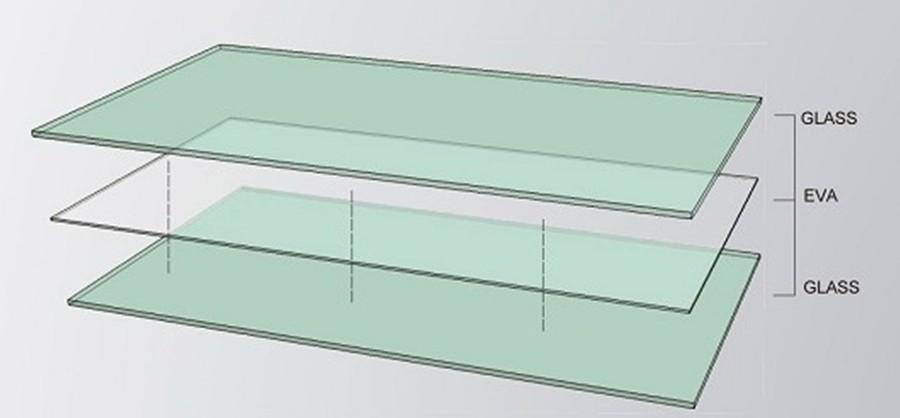Error message
- User warning: The following theme is missing from the file system: flat_metro. For information about how to fix this, see the documentation page. in _drupal_trigger_error_with_delayed_logging() (line 1184 of /mnt/volume_sgp1_08/cgtglasstrading/public_html/includes/bootstrap.inc).
- Deprecated function: dirname(): Passing null to parameter #1 ($path) of type string is deprecated in drupal_get_path() (line 2970 of /mnt/volume_sgp1_08/cgtglasstrading/public_html/includes/common.inc).
- Deprecated function: dirname(): Passing null to parameter #1 ($path) of type string is deprecated in drupal_get_path() (line 2970 of /mnt/volume_sgp1_08/cgtglasstrading/public_html/includes/common.inc).
- Deprecated function: dirname(): Passing null to parameter #1 ($path) of type string is deprecated in drupal_get_path() (line 2970 of /mnt/volume_sgp1_08/cgtglasstrading/public_html/includes/common.inc).
You are here
Laminated Glass

Laminated glass is a type of safety glass that holds together when shattered. In the event of breaking, it is held in place by an interlayer, ethylene-vinyl acetate (EVA), between its two or more layers of glass. The interlayer keeps the layers of glass bonded even when broken, and its high strength prevents the glass from breaking up into large sharp pieces. This produces a characteristic "spider web" cracking pattern when the impact is not enough to completely pierce the glass. In the case of the EVA, the thermoset EVA, offers a complete bounding (cross-linking) with the material whether it is glass, polycarbonate, PET, or other types products.
Laminated glass is normally used when there is a possibility of human impact or where the glass could fall if shattered and also for architectural applications. Skylight glazing and automobile windshields typically use laminated glass. In geographical areas requiring hurricane-resistant construction, laminated glass is often used in exterior storefronts, curtain walls and windows.
Laminated glass is also used to increase the sound insulation rating of a window, where it significantly improves sound attenuation compared to unlaminated glass panes of the same thickness. For this purpose a special "acoustic PVB" compound is used for the interlayer. In the case of the EVA material, no additional acoustic material is required, since the EVA provides sound insulation. An additional property of laminated glass for windows is that a EVA interlayer can block essentially most ultraviolet radiation. A thermoset EVA could block up to 99.9% of the UV rays.
